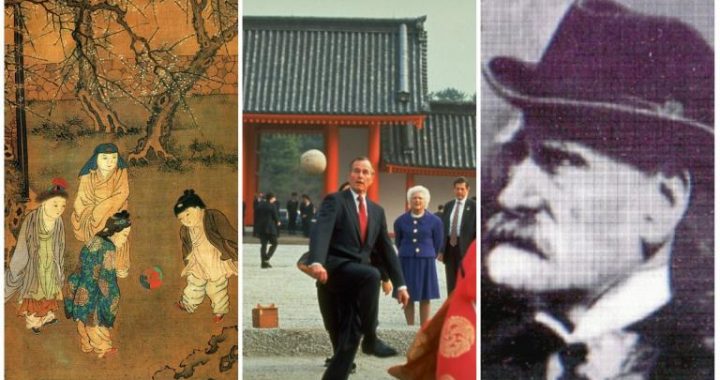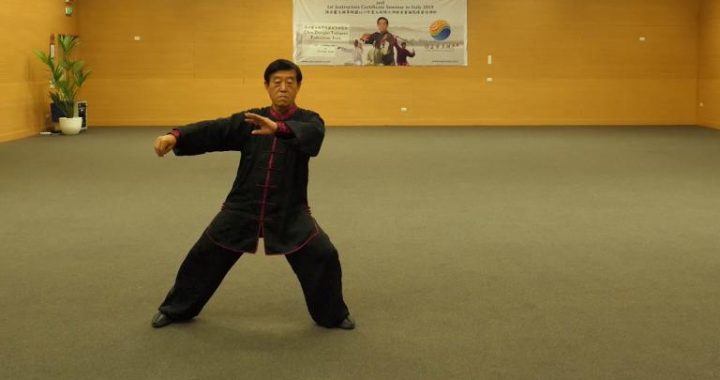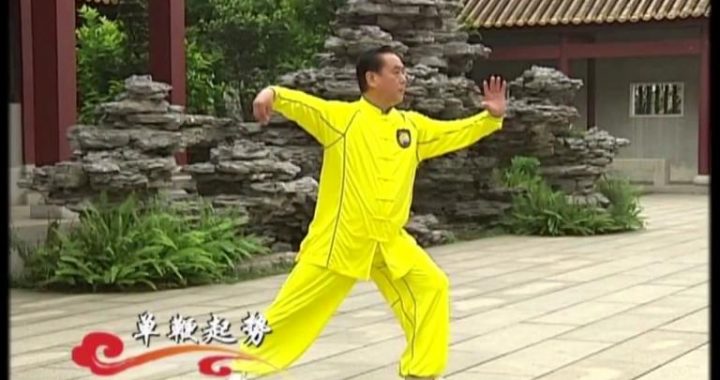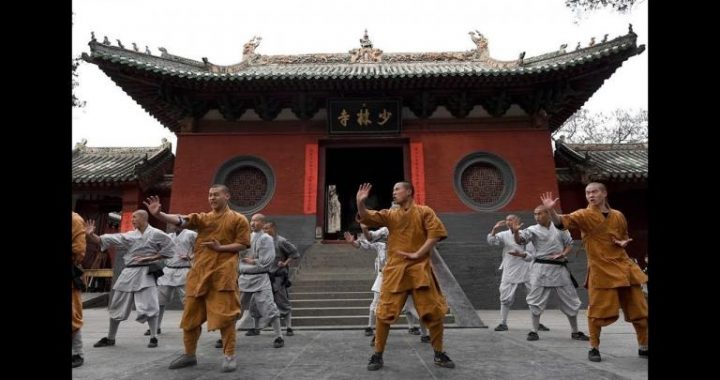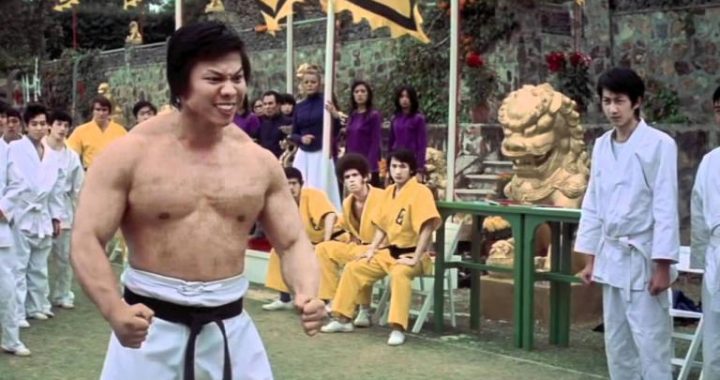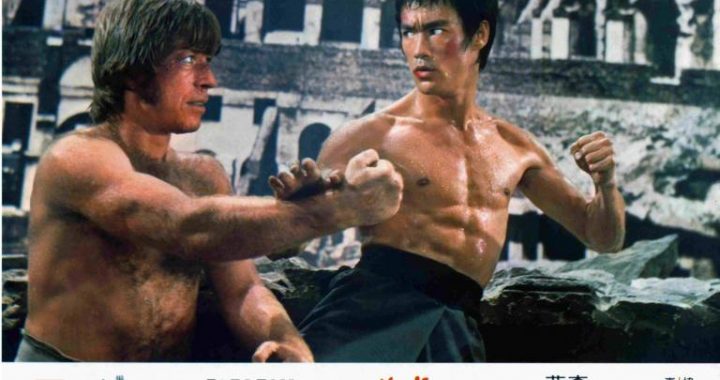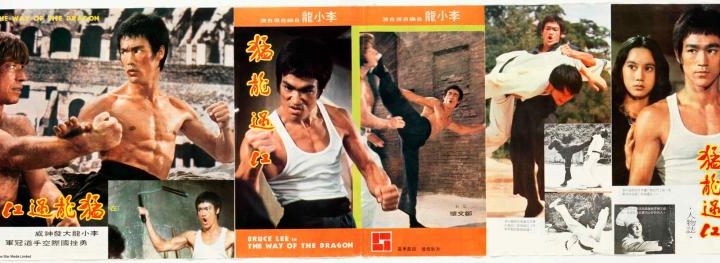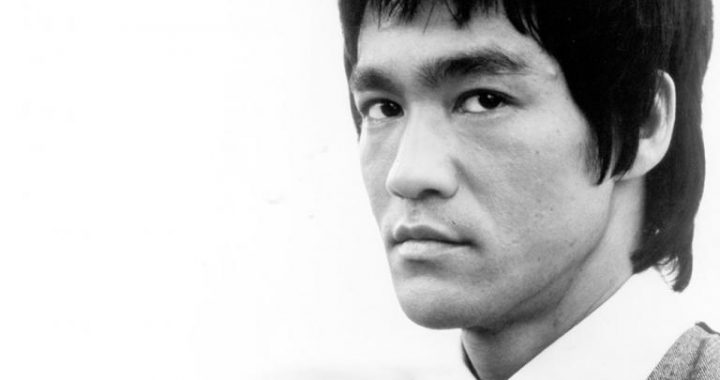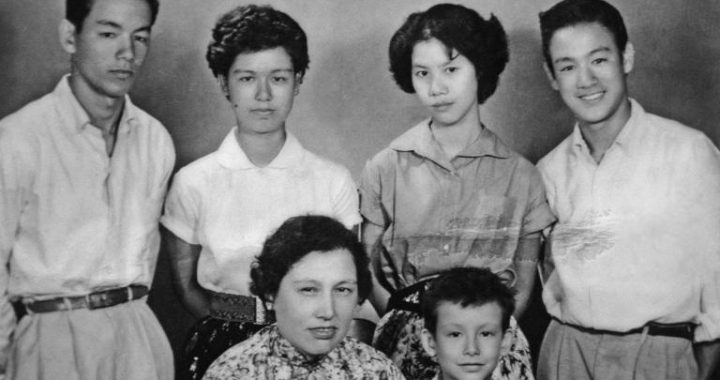Taijiquan Family
3 min readIn Chinese martial arts,Taijiquan(shadow boxing)best displays the behavior and way of thinking of the Chinese people.
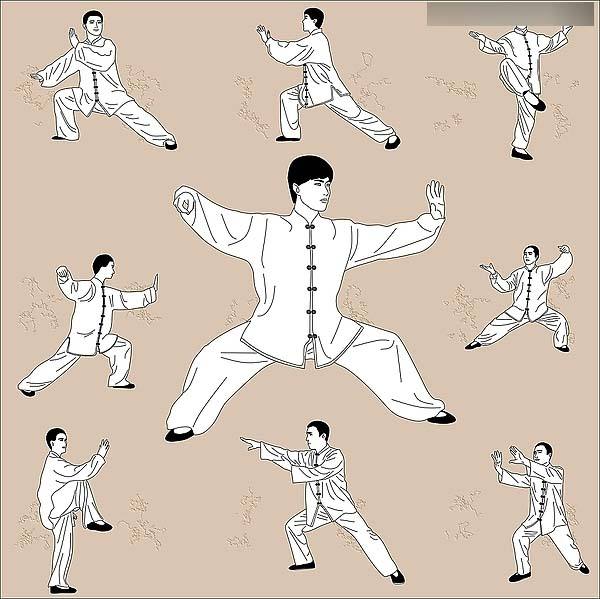
Taijiquan integrates fighting and health promotion,and is the movement of will and spirit,requiring movement guided by Qi and strength,showing the combination of rigidity and flexibility.
Consisting of a series of spiral actions,Taijiquan is different from other boxing families;each action is in the form of a circle.
The application of such boxing techniques requires one’s waist to be the axis,steadily connecting each movement,with internal strength promoting movement.Each movement seems weak,but strong intrinsically,showing the unique fighting style of attack and defense.
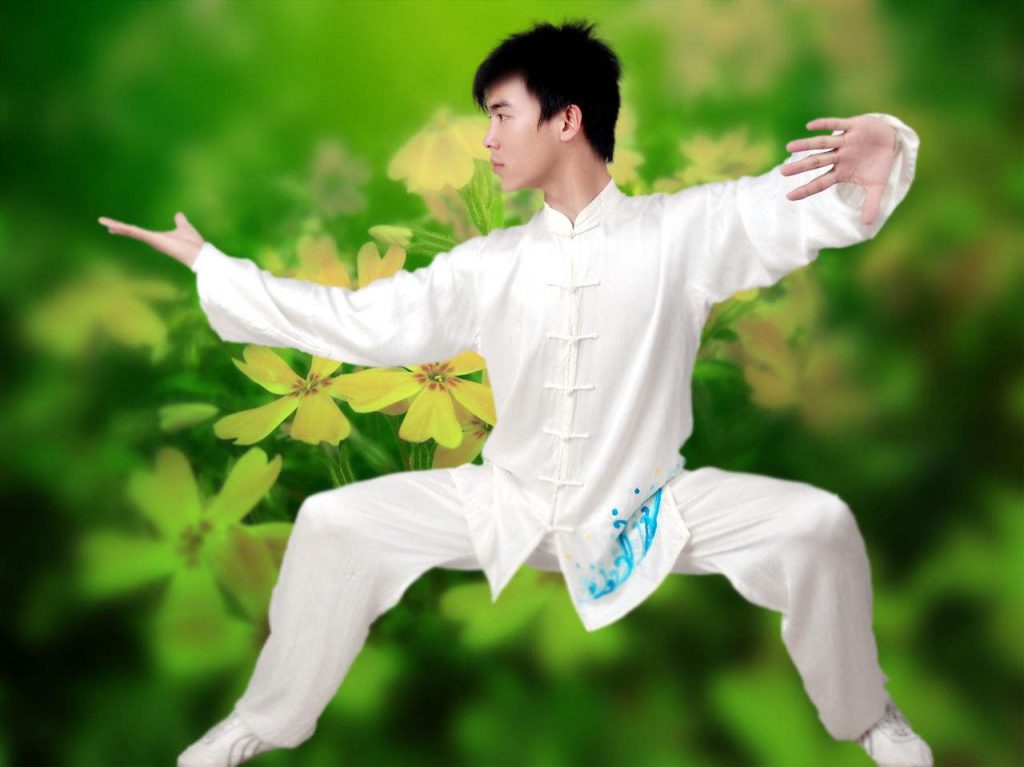
Script of separate practice method of Taijiquan by Wang Yueshan(literary name Songfeng)in Kaifeng,Henan province in 1946 Forward of genealogy of Li Family at Tang Vilage in 1716(the ssth year during the reign of Emperor Kangxi of the Qing Dynasty)Based on the attack and defense principle,Taijiquan focuses on defense,taking defense as attack,and retreating in order to advance,which is the so-caled principle,”dare not be host,but be guest,dare not advance one inch,but retreat one foot,”with emphasis placed on wining the strong with the weak,defeating swiftness with slowness,and conquering majority with monitory.The greatest taboo is to fight excessively.It is a kind of boxing generic that contains a profound philosophy and wisdom.It embodies the Chinese people's attitude:their understanding of life and the universe,and thus it can be called a kind of special form of expression of traditional Chinese culture.Taijiquan is the boxing generic that boasts the greatest wisdom among internal strength boxing.However,its origin has been debated.According to the Li’s family tree in the Tangcun village,Henei(Boai,in today’s Henan province),modified in the ssth year(1716 AD)of Emperor Kangxi of the Qing Dynasty,and found in 2oo3,it can be inferred Taijiquan originated from the Qianzai Temple in Tangcun village.It was jointly founded by Li’s family in Tangcun and Chen’s family in Chenjiagou, Wenxian county. The specific founders were Li Zhong of Tangcun village(1598-168o), the Li Xin (Yan)(1606-1644) brothers, and Chen Wangting(about 1600-168o) of Chenjiagou, in the late Ming and early Qing dynasties. After the chaos caused by wars in the late Ming and early Qingdynasties, Taijiquan in Qianzai Temple was forced to evolve into two branches, one was Li’s, and the other was Chen’s. From the beginning of the Qing Dynasty, Li’s descendants received disciples in many provinces to disseminate boxing techniques. However, due to a long history, there was no historical record, and the inheritance records of Li’s Taijiquan includes no textural research, but Li’s family tree demonstrates that people know about Taijiquan spread by the blood relations of Li’s family of Tangcun village. Chen’s Taijiquan was different. Before the years of Daoguang (1820-1850) of the Qing Dynasty, Chen’s Taijiquan was only taught to following generations of the Chen family, known as Chen’s Taijiquan. It was not until the late Qing Dynasty when Chen’s Taijiquan techniqueswere taught to people outside Chen’s family. Since then, with Beijing as the center, it evolved into four schools: Yang, Wu, and Sun schools, which were quickly spread nationwide.
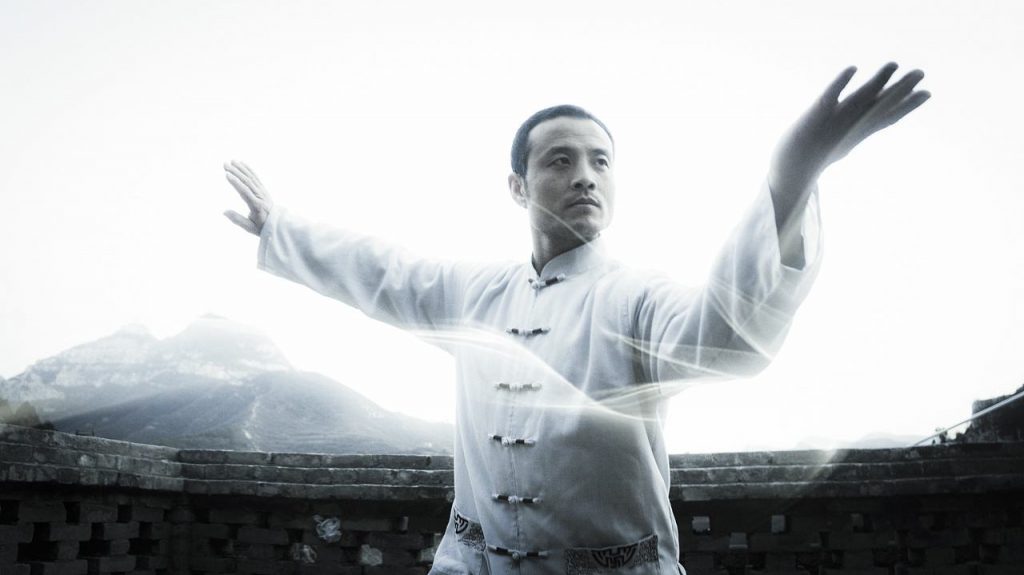
Mr. Chen Weiming in 1947 Chen Weiming(1881-1958) was an apprentice of Yang Chengfu. He founded the judo society in Shanghai and wrote the Arts of Taiji Quan.
Among all the major Chinese boxing families, Taijiquan has always boasted an obvious advantage in cultural level. The works on Taijiquan witness the greatest number of in-depth theories, and are less conservative in the art of attack and defense, and fighting techniques. Again, due to the combination of fighting techniques and health promotion, it is a form suitable to people, old or young, thus making it popular around China over just several decades. It has since become the boxing family with the strongest momentum for development.
